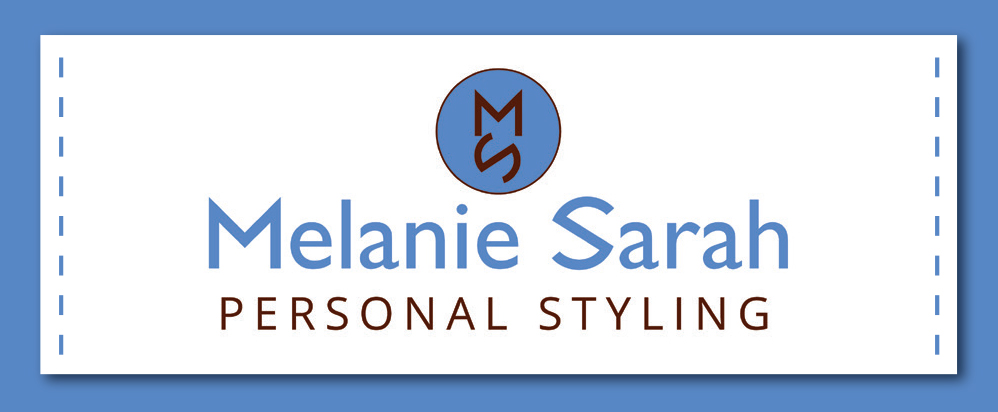How much UPF are you wearing today?

Clothing is our first line of defence when it comes to protecting our skin from the sun's harmful Ultraviolet (UV) rays. Clothing helps to protect us by absorbing or blocking much of this radiation. As part of a complete sun protection regime, The Skin Cancer Foundation has always recommended covering up with clothing, including a broad-brimmed hat and UV-blocking sunglasses.
"The more skin you cover, the better. A long-sleeved shirt covers more skin than a t-shirt, especially if it has a high neckline or collar that shields the back of the neck. Likewise, long pants protect more skin than shorts." [source: The Skin Cancer Foundation 2018]

What is UPF?
"UPF stands for Ultraviolet Protection Factor. It indicates what fraction of the sun’s ultraviolet rays can penetrate the fabric. A shirt with a UPF of 50, for example, allows just 1/50th of the sun’s UV radiation to reach the skin. The higher the UPF (ultraviolet protection factor), the greater the protection." [The Skin Cancer Foundation]
Different amounts of fibre or yarn per unit of surface area provide different amounts of sun protection. The tighter the knit or weave, the smaller the holes and the less UV can get through. Twill, used to make tweeds or denim, is an example of a tightly woven fabric. Open weave fabrics provide much less protection.
The Difference Between UPF and SPF:
"UPF is a rating generally used for clothing and other fabrics that protect you from the sun. It measures the amount of UVA and UVB radiation that penetrates the fabric and reaches the skin.
SPF stands for Sun Protection Factor. It is a rating for sunscreens or other cosmetic products containing sunscreen. Theoretically, the SPF number indicates how long you can stay in the sun before your skin reddens. SPF is only used to rate a sunscreen’s ability to protect against UVB rays." [The Skin Cancer Foundation]
Choosing the Right Hat
It is of course difficult to apply sunscreen to the scalp and a lot of people forget to apply it to the tops of the ears and the back of the neck. A wide-brimmed (3-inch or greater) hat helps to cover and protect these harder to reach areas and of course will protect some of the face. You may notice that some hats are labelled with UPF information for the consumer.
The Skin Cancer Foundation's ‘tips for buying and staying sun-safe with clothing’ is useful and here is their current advice:
- "Buy garments that suit your purpose. You don’t need a heavy work shirt for the beach, but a long sleeved, tightly woven linen shirt can be both cool and sun-smart.
- If you are buying elastic garments like leggings, make sure you purchase the right size — overstretching will lower the UPF rating.
- Look for garments with a UPF of at least 30 so that you know you’re getting effective sun protection.
- Choose garments that cover more skin—there’s no point in a high-UPF bikini. Instead, consider a rash guard or swim shirt. Made of lightweight, elastic materials like spandex, these athletic tops will cover your upper body without weighing you down. You can also have beach skirts or sarongs ready for when you leave the water.
- Wash new garments made from cotton or cotton blends two or three times at least. This can often permanently raise the UPF rating due to shrinkage of the spaces between the fibres.
- Select wide-brimmed hats (at least 3” in diameter) that shade your face, neck and ears.
- When outdoors, seek out shaded areas under awnings or trees and minimize your time in the direct sun.
- Be aware that UV light can bounce off surfaces such as water, snow and glass, hitting your skin twice and increasing the intensity of exposure.
- Use UV-filtering sunglasses and sunscreen with a sun protection factor (SPF) of at least 15 for everyday incidental exposure and 30 or higher for extended exposure. Apply sunscreen on all exposed areas — clothing can’t cover everything."
For more information about ‘sun-safe skin’, go to the Skin Cancer Foundation's website: https://www.skincancer.org/prevention You can also follow @SkinCancerOrg
Further, you may be interested to know that many of the multitasking SPF makeup and skincare formulas, used in my makeup styling sessions, are recommended by the Skin Cancer Foundation as "effective broad-spectrum sunscreens". Find out more about why I continue to recommend The Skincare Makeup by Jane Iredale here: www.melaniesarah.co.uk/make-up-makeup-tutorial

